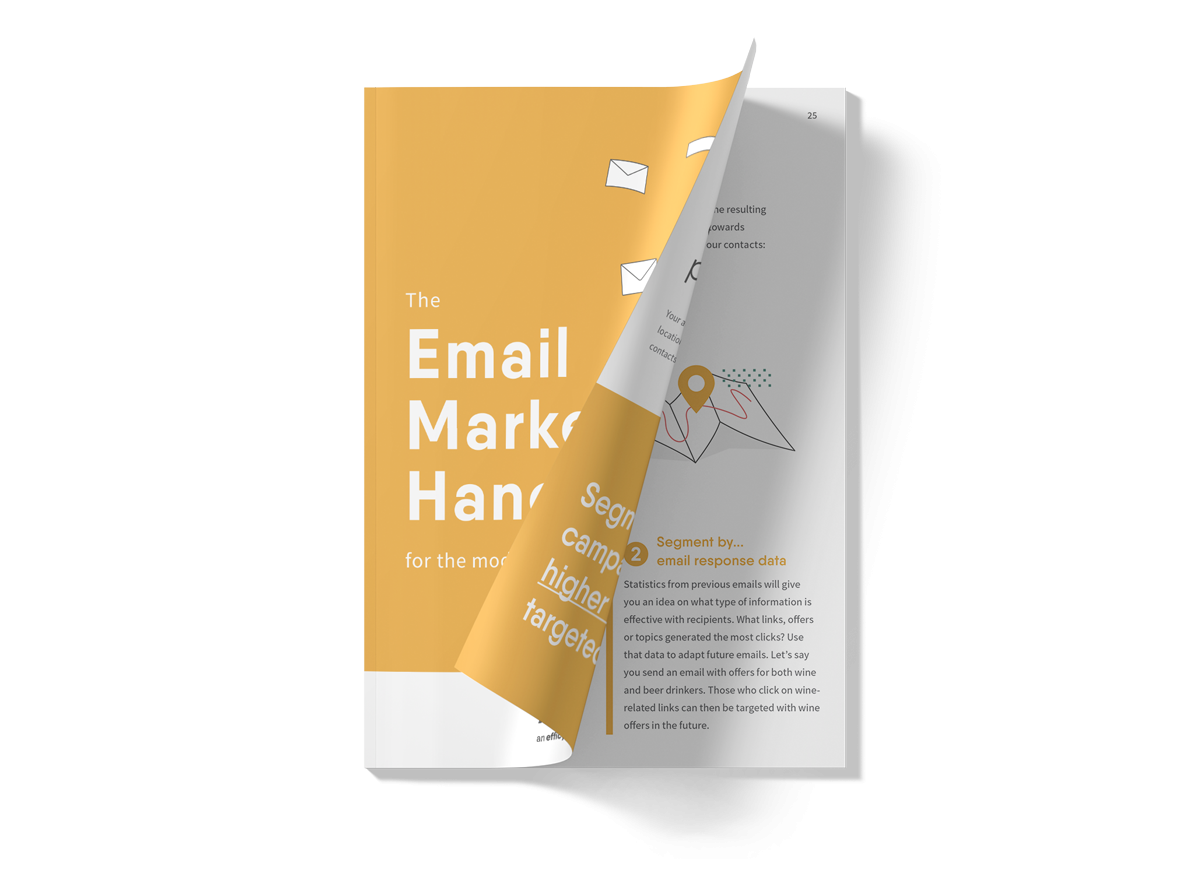Why Content is Critical for Marketing Automation Success
The right message, to the right recipient, at the right time: Marketing automation sounds like a dream come true for any marketer. But in order to turn it into a reality, you need content to power the machine. So, the question is: how much of it is required to get the results?

Why Content Greases the Automated Wheels
At the end of the day, marketing automation is just one tool among others within the realm of content marketing. Without a proper content strategy and goal-oriented content marketing, even the finest marketing automation tool will screech to a halt.
For instance; think about the content needed to create a newsletter. Even though the quantity plays a great part, it’s even more important to create quality content that meets the needs of the target audience.
Therefore, before producing a single line of copy, there’s a multitude of questions you need to answer. Such as:
- What kind of content is required at each stage of the purchase process?
- What information do your customers need to evaluate their purchase decisions?
- What excites them?
- What convinces them?
Create a Long-Term Content Strategy
Regardless of whether you have a marketing automation system in place or not, you need a clear content strategy. You need to know who you are communicating with, and which subjects match their interest.
Whether you’re talking about a traditional newsletter, an onboarding message for a new customer, a post-purchase activation message on an e-commerce site; the messages need to correspond with the target group’s needs. Once you have thought these things through and you are able to clearly define them, your marketing automation venture will become smoother and more effective.
Word of caution: If you haven’t properly worked with your communications content strategy by the time you launch your marketing automation system, you will probably end up having system commissioning issues and poor results.
Excellent content can easily become poor content when it’s sent out to the wrong target audience. This is particularly true with marketing automation. So, how should one do to implement automated marketing?

1. Create a Content Plan – and Be Realistic
When you know what kind of content your target audience wants and needs, it’s time to create a content plan. At this stage, you should remember that the amount of content needed grows surprisingly fast. This should be taken into consideration when planning schedules and other resources.
Imagine you’re writing a newsletter with three pieces of news. That doesn’t feel as such a heavy workload, does it? But imagine you’re sending such a newsletter every second month… And suddenly, it means 18 heavy-content pieces a year!
That includes a lot of customer cases, blog posts, news, and other content that needs to be produced. To come up with this much content, you’ll need efficient and capable partners who can create these texts, images, and micro content – such as headlines, subjects, captions.
2. Test, Analyse and Repeat What Works
Sounds simple, doesn’t it? Content marketing and marketing automation are endurance sports. After you’ve created your first newsletter, it’s time to analyse what works and what doesn’t.
One of the perks with marketing automation is that it provides you with a lot of data - useful for analysing what’s been clicked and read - and what hasn’t.
Usually, you get all the data a few days after the sending. Next step is to follow up and study the results with the people that created the content. This to achieve a deeper level of understanding of the target group’s interests. In that way, you can produce newsletters and messages that suit the audience's needs.

3. Put Effort into the Subject Line
The subject line is the first introduction to your email. As such, it should reflect the message’s content. However, it also works as a gatekeeper between the reader and the content. Far too often, the subject line is left to the last minute, resulting in a thoughtless message that doesn’t engage the recipient.
Formulating a good subject line, creating headings for the newsletter, and testing the final version of the newsletter is as important as creating the content itself. Or maybe even more important!
Thus, it’s a good idea to reserve the time and resources needed to develop effective subjects fields and headings. And speaking of these elements – don’t forget to test them!
In most marketing automation or email systems, you can test your subject lines with an A/B functionality. In an A/B test (also called split testing), you test two different versions of a subject line against a certain value, such as the click-through rate or the open rate, and send them to two groups of randomly selected recipients. The subject line that performs the best, is then automatically sent out to the entire distribution list
5 Everyday tips for practical marketing automation:
- Create a content strategy that considers the interests of your target audience.
- Be realistic about the required amount of content: Use a calendar and mark the needed content items and their quantities. Make sure to reserve enough time to create the content.
- Don’t forget the importance of clear and strong subject lines and preheaders: The subject line creates the first impression. It often determines whether your recipients will choose to read your message – or not. One way is to take advantage of professional content producers and partners to produce high-quality content.
- Track results and learn from them. Make use of the statistics to really understand your recipients’ needs. Repeat what works!
- Keep some content reserved: No matter how well you plan your schedule, there’ll always be changes. If you always have some extra content ready, you can easily use it when the need arises.
Want to know more about marketing automation, email marketing, and content marketing? Find our handbooks on the topics here!
The author of this article, Jarno Ahokas from Differo, has been working with content marketing and a multitude of marketing automation and email systems for almost two decades.



